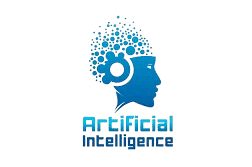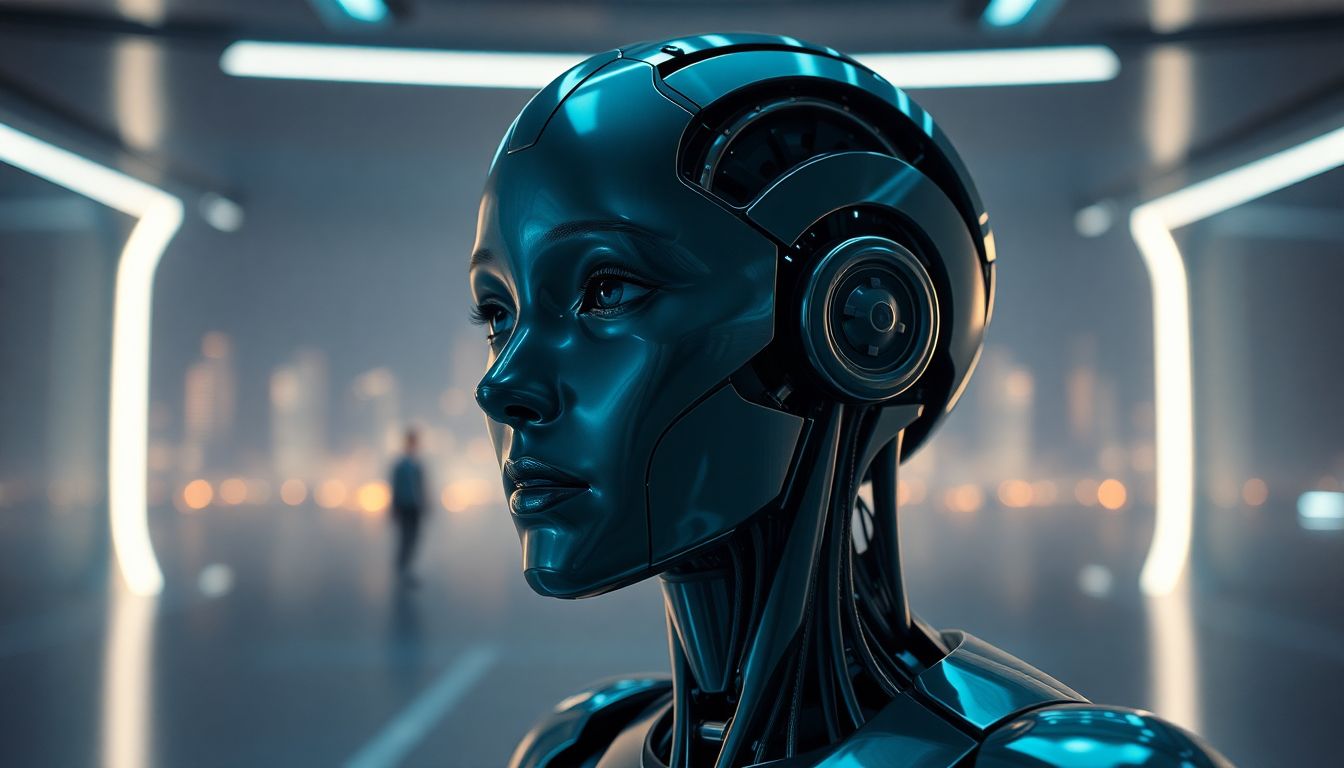Imagine a day where robots perform routine tasks. What if these robots programmed factories, cared for the elderly, or even helped out in disasters? Tesla is creating this reality with the AI Tesla Robot, also known as Optimus. The goal of this project is to develop a general-purpose humanoid robot that could transform the way we live and work. But is this dream a reality or the stuff of science fiction? Let’s explore.
What’s Tesla’s Humanoid Robot (Optimus)?
Optimus, officially known as the Tesla Bot, is a project by Tesla, Inc. to create a general-purpose humanoid robot. The concept was introduced by Elon Musk in 2021. It’s designed to perform tasks that are unsafe, repetitive, or dull for humans. Optimus is intended to be friendly and work alongside humans in everyday settings.
Design and Capabilities
Optimus stands about 5’8″ tall and weighs 125 pounds. It is constructed using lightweight materials. The robot will have arms and hands similar to a human’s, enabling it to manipulate tools and objects. Tesla is developing Optimus to walk at a speed of 5 mph, carry 45 pounds, and lift 150 pounds. These capabilities are designed for executing basic functions.
Artificial Intelligence and Tesla’s Technology
Optimus relies heavily on AI to function. Much of this technology is derived from Tesla’s self-driving systems. The robot employs neural networks and computer vision to sense its surroundings and make decisions. These systems, already developed for Tesla cars, are being adapted for humanoid robot applications. This enables Optimus to navigate and interact with the world.
Potential Applications for the Tesla Bot
Optimus has a multitude of use cases. Tesla envisions the robot working in various sectors, including manufacturing, logistics, and even homes. Let’s look at some examples.
Manufacturing and Logistics
Robots could revolutionize manufacturing and logistics. Optimus might handle repetitive and dangerous tasks, making factories and warehouses more efficient. Examples include moving parts, assembling products, and conducting quality control. Robots don’t tire, allowing humans to focus on more complex tasks.
Home Help and Elder Support
Robots could assist with household chores and elder care. Optimus might help with cooking, cleaning, or laundry. These robots could also provide companionship and support, enabling elderly individuals to live more independently. However, this raises ethical considerations that need to be addressed.
Toxic Environments and Emergency Response
Robots could be useful in dangerous environments like nuclear power plants or disaster zones. They can perform jobs too risky for humans, such as searching collapsed buildings for survivors or handling radioactive materials. The advantages over human workers are clear.
Challenges in Developing a General-Purpose Humanoid Robot
Designing a multi-purpose robot is no easy feat. There are numerous hurdles to overcome, including technical and ethical challenges.
Technical Challenges
Creating stable motion, fine motor control, and reliable object recognition is difficult. Optimus must learn to be flexible, which requires significant computing power. Real-time decision-making is also a fundamental requirement.
Ethical and Societal Concerns
Robots could impact employment and be misused. Responsible development is crucial, and new regulations may be necessary. These are issues we need to address now.
Competing Applications and Products
Boston Dynamics is also developing humanoid robots, and there are alternative automation technologies like specialized machines and software. These may offer advantages in certain scenarios, making the field highly competitive.
Timeline and Future Prospects
Optimus is still a work in progress at Tesla, and the timeline for its completion is uncertain.
Tesla’s Roadmap
Optimus is expected to improve over the years, with subsequent models featuring enhanced AI, hardware upgrades, and expanded functionality. Tesla aims to make Optimus genuinely useful in various applications.
The Long-Term Vision
Humanoid robots have the potential to transform society, impacting labor and productivity. They could improve our lives in numerous ways, but this is a long-term vision that requires careful consideration.
Is the Tesla Bot Scalable or Just a Concept?
Is Optimus a real possibility, or is it overhyped? It’s a tough question.
Expert Opinions and Skepticism
Some experts are optimistic about Optimus, while others are skeptical. They doubt the robot’s capabilities and question the timeline. It’s wise to explore multiple perspectives.
Investment Implications
Optimus could impact Tesla’s stock and shake up the robotics sector. This presents both risks and opportunities for investors, so due diligence is essential.
Conclusion
Optimus, the AI Tesla Bot, represents a bold vision for the future. It could revolutionize industries and everyday life. Whether it’s a groundbreaking advancement or overhyped technology remains to be seen. This is the future of robotics, and it promises significant improvements in automation.

